And after shopping at the Sant’Ambrogio Market, Laura Franceschetti opens the doors to the Cooking in Florence kitchen, where she teaches us how to cook four traditional Tuscan dishes: potato gnocchi, Florentine-style artichokes, pork loin with capers, and a tart with homemade quince jam.
👉 Read the first part of our experience with Cooking in Florence
The Cooking in Florence kitchen
THEto Cooking in Florence’s kitchen It’s beautiful and spacious, with a marble counter and high ceiling, just like it used to be. The tools are all already set up for practical use, so Laura easily makes us feel at ease in this environment and gives us the aprons but also paper and pen, to allow us to take notes on the recipes, if we wanted. More than recipes In bookish style, however, we will focus on some tricks that are well learned from the masters but are not always found in books.

Potato gnocchi with tomato sauce
First of all yes “knead the potato with the flour” to be transformed into potato gnocchi (among the few typically Tuscan pasta shapes besides the famous Sienese Pici); therefore: mashed potatoes, stone-ground flour and our cook who teaches us how to use our hands well. Now Tommaso and I can reveal to you how homemade gnocchi it is not a mythological creature, but a simple and quick product to prepare.
From the dough you need to get some cylindrical strips to smooth, sliding them with your hands on the floured table, until you reach the desired diameter for the gnocchi and then cut with the knife in gnocchi about a centimeter long. If you want, they are ready to be cooked, but if aesthetic taste suggests a more elaborate shape, you could obtain it by sliding the gnocchi on the convex part of a fork, to be kept resting on the table with only the tips. After reading this, trust your intuition or come and see how it’s done here in the Cooking Florence kitchen, because the rest is about a manual knowledge which cannot pass through letters.
The trick for the most immediate cookingLaura cooks the gnocchi in several batches: “If you threw them all in together, they would tend not to have enough space to come to the surface and you would risk some of them getting submerged and cooking more.“, this is because as soon as they get into the water gnocchi they sink to the bottom and then resurface precisely when they are perfectly cooked, ready to join our tomato sauce (tomato sauce).
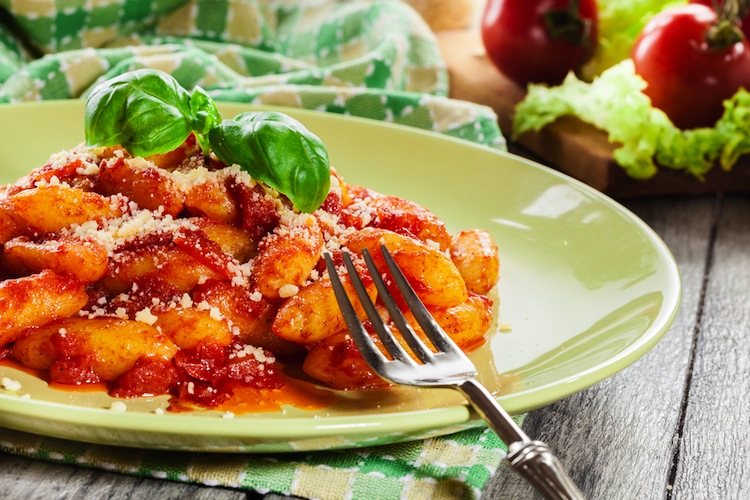
Florentine-style upright artichokes
A very simple recipe, the perfect outcome of which depends on a few small tricks. Let’s start with the stuffed: small cut squares of bacon and a beaten egg parsley and garlic. Here Laura recommends opening all the things with a knife garlic cloves before beating them and always with the knife to remove theinner soul: the greener it is, the harder it can become to digest.
To ours artichokes, carefully chosen at the market instead, we must remove the outer petals harder, until we get close to the heart, so we can cut away the tips of the remaining petals, looking for the precise point where the knife begins to be able to penetrate without too much difficulty, then all that remains is to clean the stemThe example of an expert cook, in the professional kitchen of Cooking in Florence, helps us a lot to develop the necessary skill to recognize by ourselves how many petals to remove and where exactly to cut, but if the procedure is correct in the end you will obtain beautiful artichoke hearts with a diameter between three and six centimetres.

While you prepare the desired quantity of artichokes, remember to store the ready ones in a basin of water And lemon covered with a wet cloth: even a few minutes in contact with the air can oxidize their iron and blacken the bright green. Finally the artichoke It should be massaged to widen the leaves and facilitate the insertion of the stuffed which will find space especially in the center.
The last one secret It concerns cooking and here we do not want to risk summarizing the professional indications: “at the beginning, moderate heat to release all the chlorophyll of the vegetables and let the Tuscan extra virgin olive oil flavour well, after which add a drop of water and cover with the lid, so that the steam also cooks the hardest part of the stem, in total about 1/2 cup of water should pass through twenty minutes“.
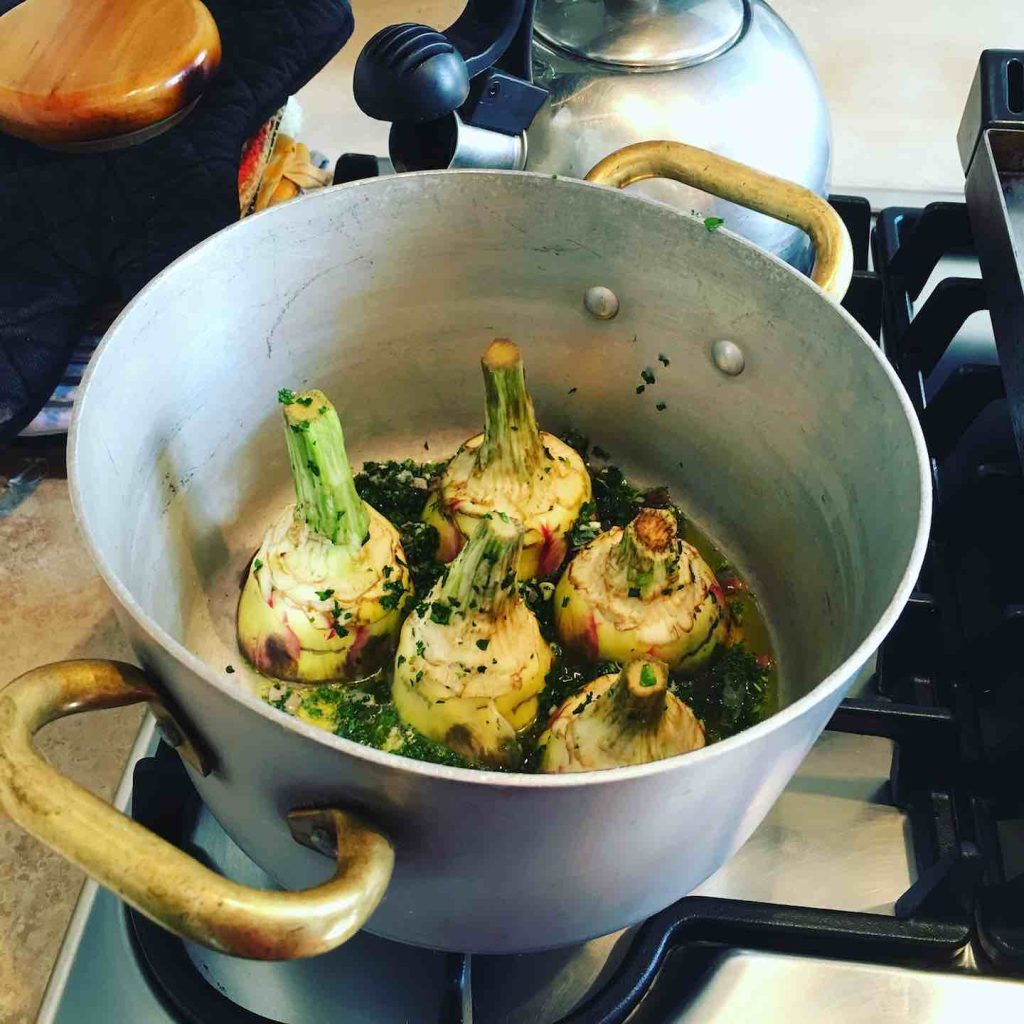
Pork loin slices with capers and Tuscan white wine
The preparation of the pork loin chops “a little fatty because the fat gives flavor and softness”It’s simple and woe betide anyone who tries to remove the fat from the pork loin, otherwise you might not be able to eat it later. Cooking must begin with Tuscan extra virgin olive oil And laurel from the Cooking in Florence garden: “I always leave at moderate heat to flavor the extra virgin olive oil“, Laura explains to us: “after which I raise the heat when I go to add a ingredient rich in moisture“.
So we throw in the slices of pork shoulder and after a few minutes we add white wine And capers to flavor it. Shortly after we can remove the meat from the heat, but while I already imagine it on the plate, Tommaso notices how Laura has still left the sauce on the fire: “to avoid overcooking the chops, I added the sauce a little further” he tells us.

Laura’s Quince Jam Tart
The most Sweet Among the courses of our lunch prepared in the Cooking in Florence kitchen, but also the simplest to prepare. Classic Tuscan shortcrust pastry, or a vigorous dough of stone-ground flour, butter, sugar and egg.
We won’t go into detail about such a classic recipe, but we will reveal to you two secretsA pinch of salt It should always be added to the mixture, it may seem useless, but it is useful for “broaden the flavor“. Second, before proceeding to build and bake the tart, the dough needs to rest: “the ideal would be in refrigerator for about twenty minutes or half an hour because it hardens, so after that you can work it better and when it goes to cook it doesn’t stick together“.

Tuscan extra virgin olive oil, wine, and other locally sourced ingredients
In the previous article, dedicated to the visit to the Sant’Ambrogio Market, we have already shown how the conscious choice of raw materials is a very important premise for today’s lunch. Now, while we wait for the dishes to come out of the Cooking in Florence’s kitchen, we have time to learn more about it.
We already know that many products are chosen at the market: “and I go and buy many of them either directly at the source, at organic farms or in Florentine delicatessens and shops, which offer a vast selection.
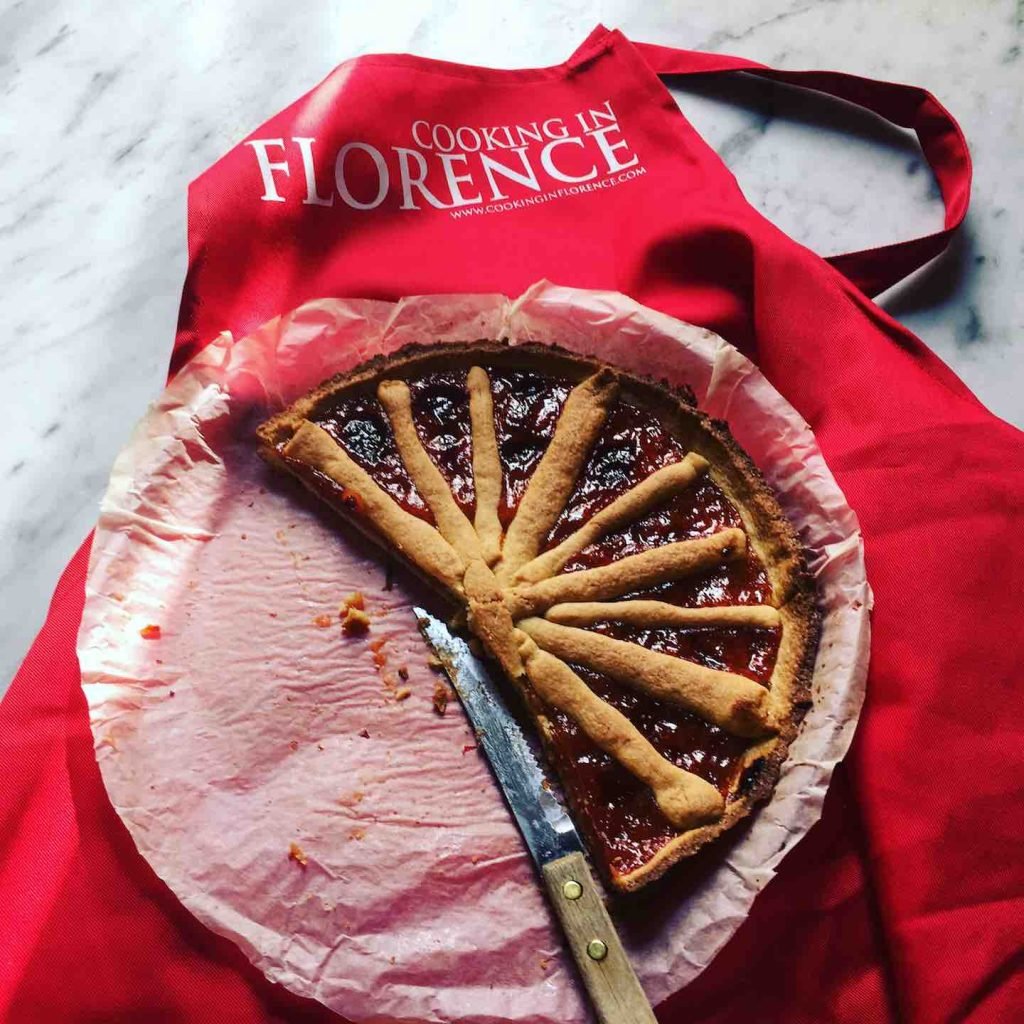
The wine of the Santo Stefano Farm
Among the products that we used for cooking, but which did not come from our morning at the Sant’Ambrogio Market, the following stand out: Tuscan extra virgin olive oil And wineOil, here the statement is lapidary: “as they say in Tuscany, there is nothing better than our oil” and we Tuscans too believe Laura’s word; also because she then adds: “I buy it from my friends who produce it: Santo Stefano Farm in Spedaluzzo near Greve in Chianti and Lucignano Agricultural Company, on the road that goes to Vallombrosa, at the edge of the woods.
The wine we uncork it just before sitting at the table, it comes from Santo Stefano Farm, we are uncorking a Chianti Classico Riserva Il Drugo: “it’s a great wine, 90% Sangiovese And 10% Cabernet Sauvignon And Merlot, with perfect acidity, round, with smooth tannins, slightly spicy with red berry aromas; aged in large oak barrels for 24 months”.
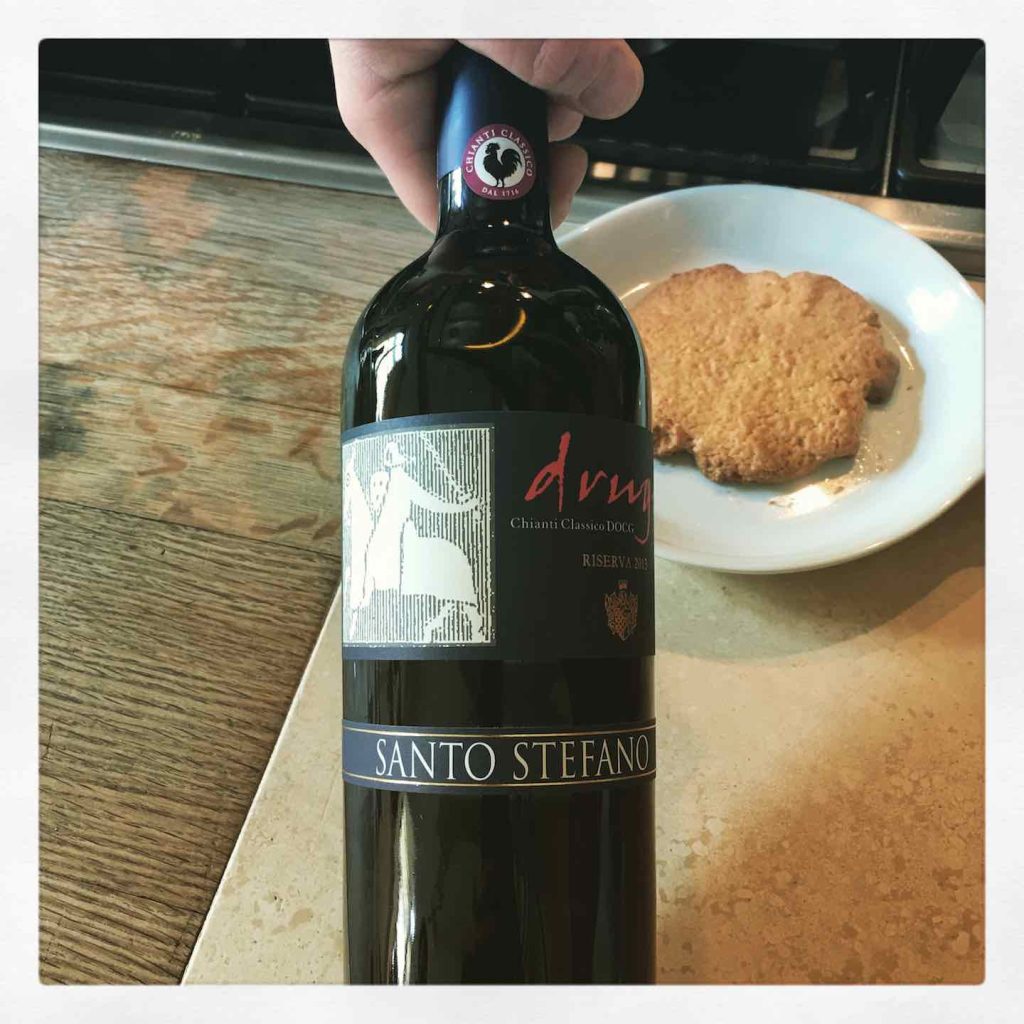
Laura and Tommaso, wine experts, discuss a lot about this splendid Chianti Classico Reserve, I listen to them fascinated and ask for explanations when I want clarifications. Cooking in Florence’s kitchen it’s really a full immersion in the Tuscan gastronomy, a truly engaging and unique experience for anyone; a recipe book can’t adapt its teaching to the season and its students, but Laura can.
Above all, the lunch I cooked was truly excellent, and I wholeheartedly recommend bringing your friends to this restaurant—you won’t have to wait in line and you’ll have a blast. Enjoy your meal!
www.cookinginflorence.it
📍FOR MORE INFORMATION:
👉 Cooking in Florence: tasting the best of Tuscany
👉 Creamy Carrot and Ginger Soup
👉 6 original ideas for a picnic in Tuscany
👉 Buca Lapi Restaurant in Florence: The Refinement of Tradition
Is Tuscany your passion? It’s ours too!
Let’s keep in touch
Reproduction Reserved ©Copyright TuscanyPeople
About The Author
[fbcomments url=”https://www.tuscanypeople.com/en/cucina-cooking-in-florence/” width=”100%” count=”on” num=”3″]

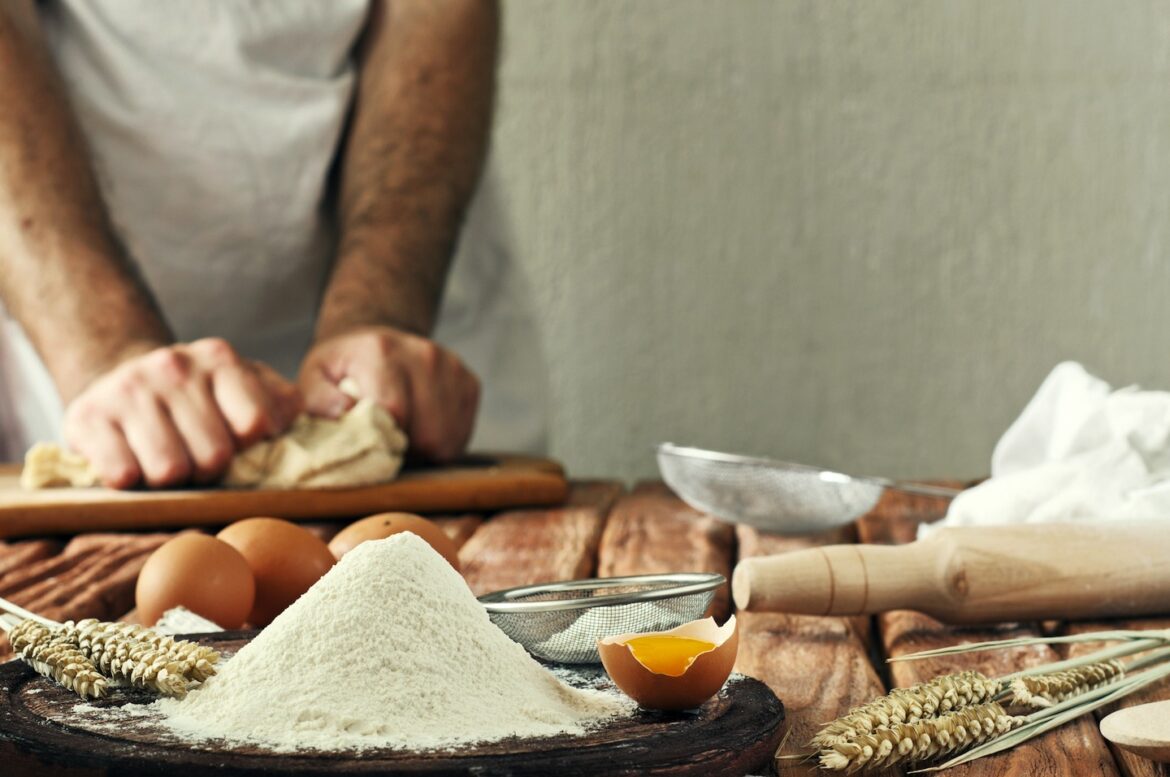
Dining and Cooking